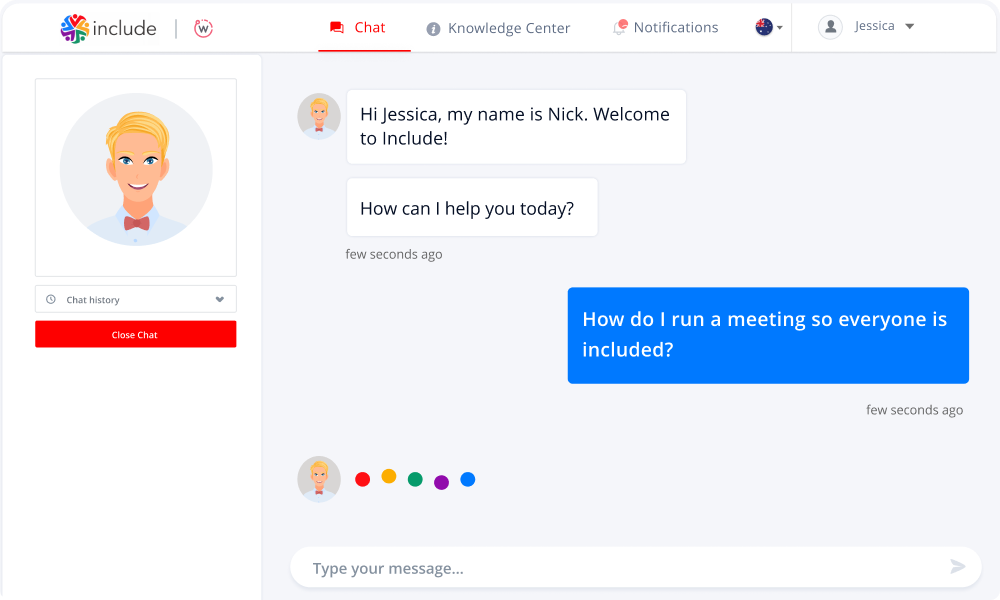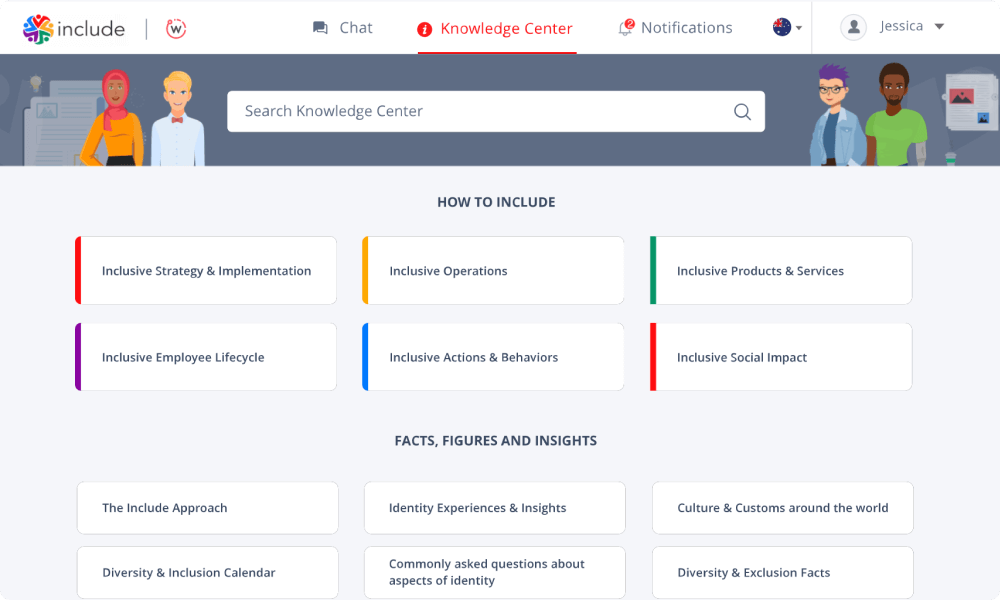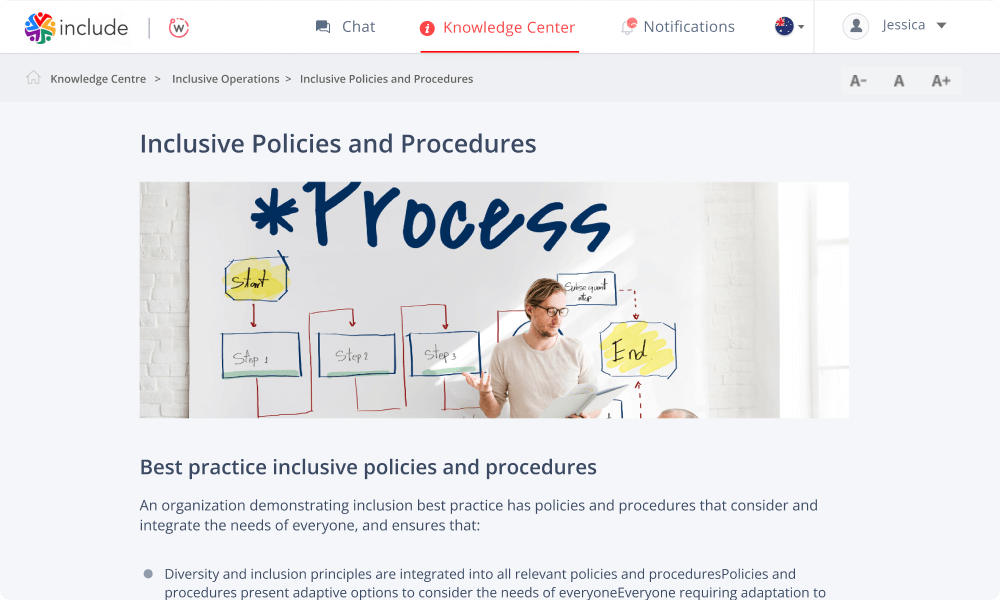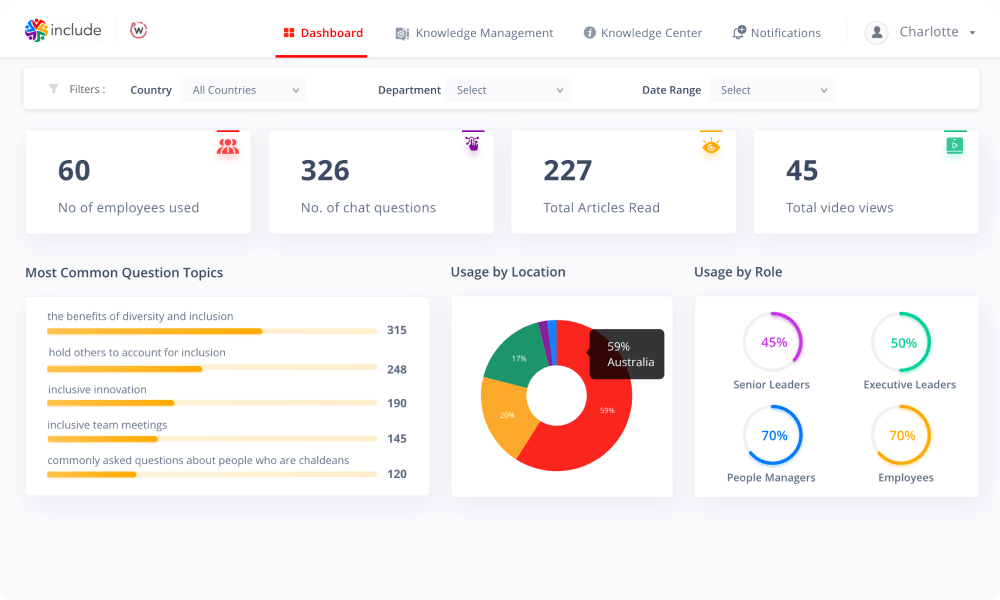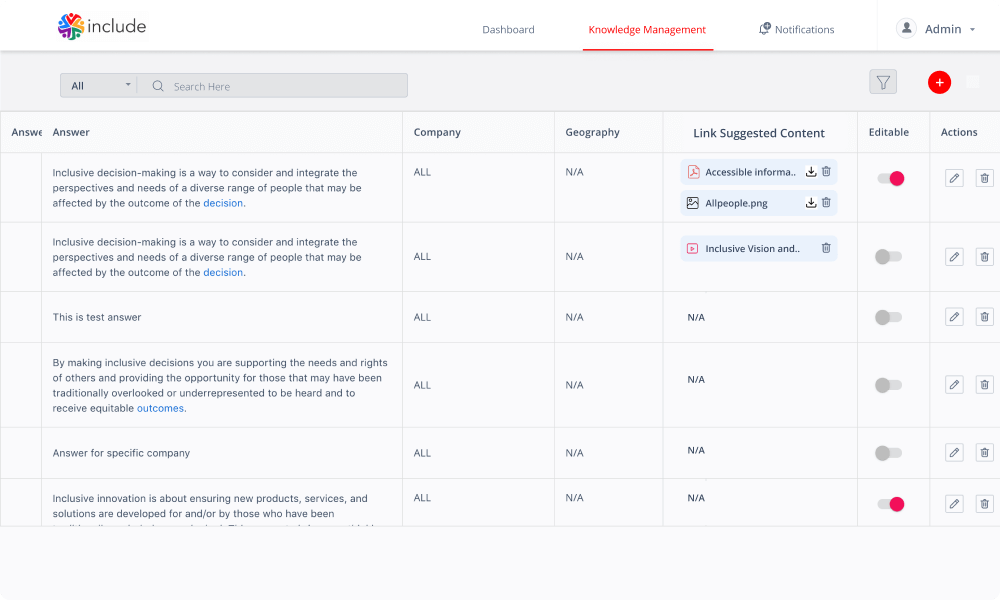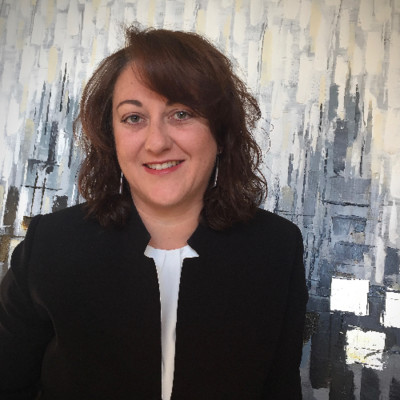

About the project
Product -  include.software
include.software
In June 2020, Include founders Dr. Liz and Dr. Jill approached us with the idea for an app that helps companies improve diversity, equality, and inclusion (DEI). By that time, Dr. Liz and Dr. Jill had accumulated vast experience advising organizations on DEI and, as a result, a significant knowledge base. However, they wanted to scale transfer of this knowledge to more clients through artificial intelligence (AI) technology.
So, Dr. Liz and Dr. Jill challenged WebileApps with creating an app that could replace physically present experts to educate thousands of people simultaneously. At the same time, Dr. Liz and Dr. Jill’s clients should receive the same quality of learning experience as when they get answers directly from in-person experts.
Challenges
Technical challenge
The main components of the application we were asked to develop were a chatbot and a knowledge center for end users. The chatbot would be linked to an Inclusion Database, which superadmins who worked for Include would constantly update with data for machine learning (ML). In this way, the bot would improve and provide more relevant answers to users. So, our main task was to create a custom content management system (CMS) and connect it with AI/ML and natural language processing (NLP) tools.
The customer also required that the product be SaaS-based because it’s more cost-efficient, secure, and data loss protected than on-premises solutions. Another request was that Include’s clients’ admins could onboard customers with an invite link, send surveys, and see analytics. Thus, when choosing a suitable development approach, we had to consider building a chatbot and integrating third-party services.
UI/UX challenge
Four categories of people with different roles would use the app:
Super admins - managers appointed by Include
Advisors - employees selected by Include to answer rare or difficult questions selected by Include
Company admins - managers appointed by customer-companies
End users - employees of Include’s customers
Since each category of users had their own goals and responsibilities, we needed to create four different interface options that took into account the needs of each stakeholder and avoided visual overload.
For example, a superadmin’s responsibilities include assigning others’ roles, adding advisors to the system, creating client-companies accounts, and adding this client’s managers. In contrast, a company admin manages end users, can upload specific policies, and send notifications to employees. And an advisor’s only task is to answer non-standard users' questions. Thus, each type of user requires a different UX.
Chat service challenge
The client's vision required that the interface for end users have two essential elements: a chatbot and a knowledge center. Employees who used the app would first review the wiki-like knowledge center, which described all the components necessary to enhance a DEI culture. If they had any questions, they would turn to the chatbot for answers. If the bot could not answer, it would redirect the questions to a human advisor.
WebileApps needed to create a custom chat by combining the ML service, Customer relationship management (CRM), and ticketing portal for advisors. The chat’s framework would also integrate with the Inclusion Database and AI search mechanism, owned and developed by Include.
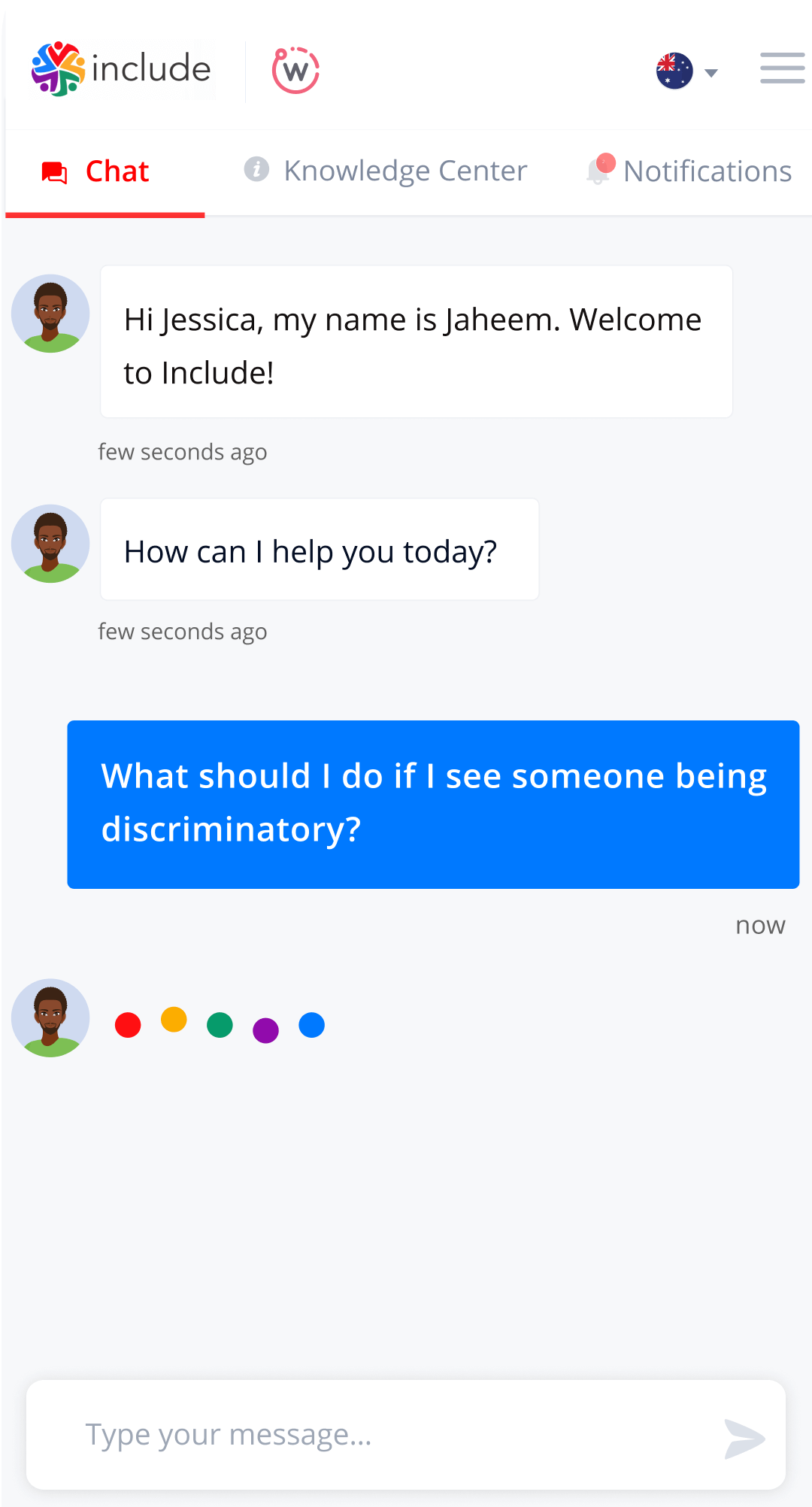
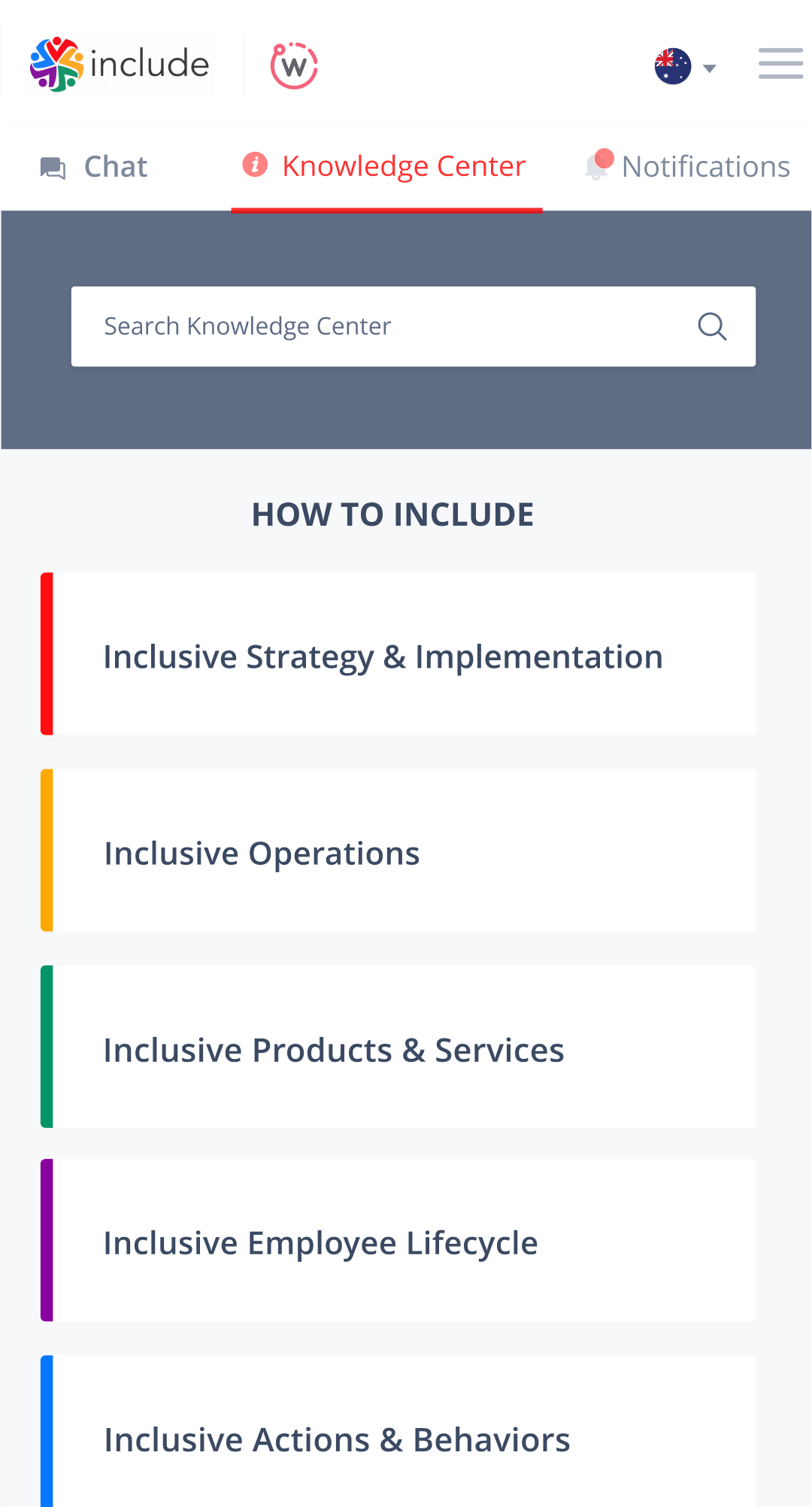
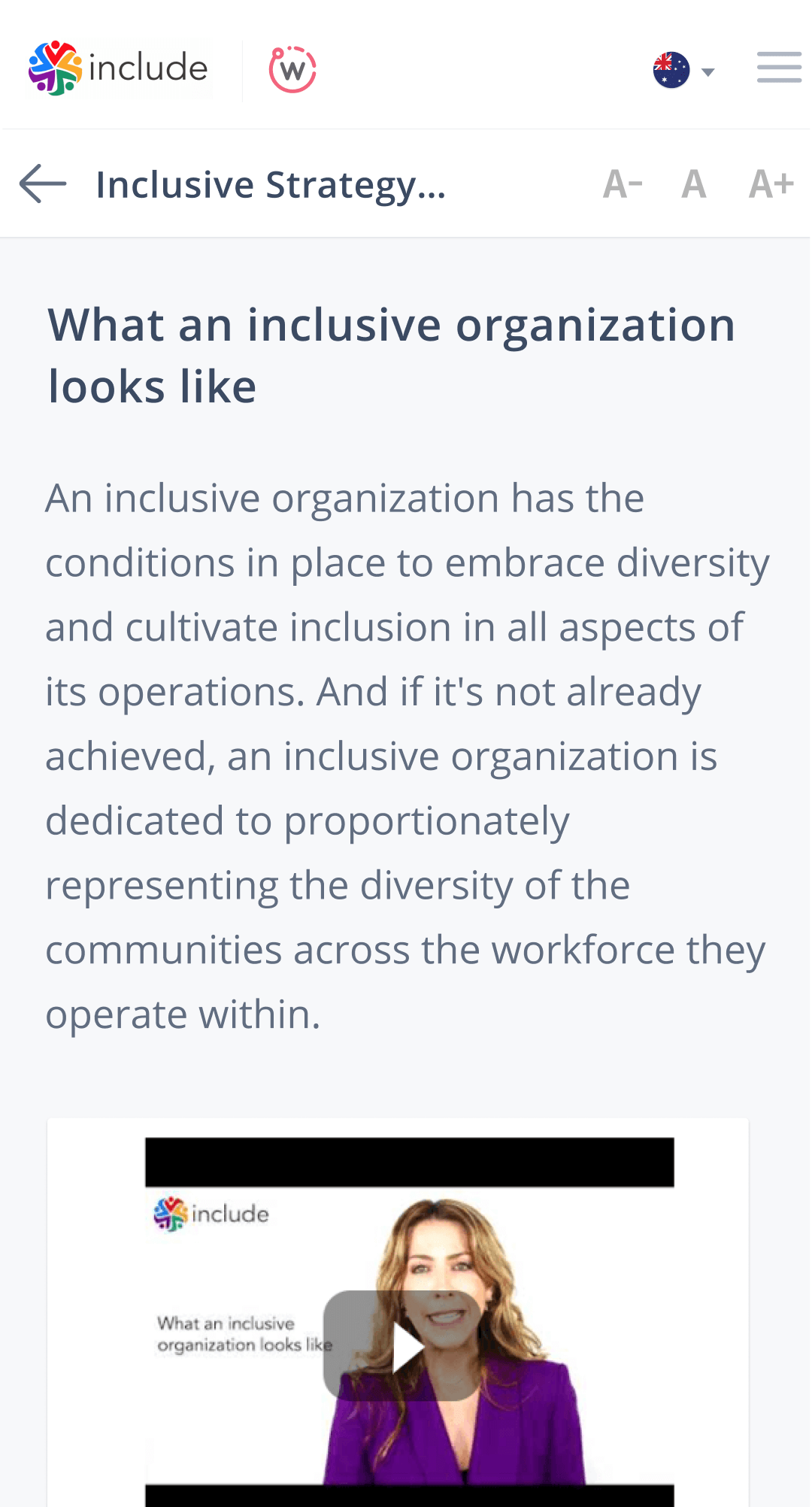
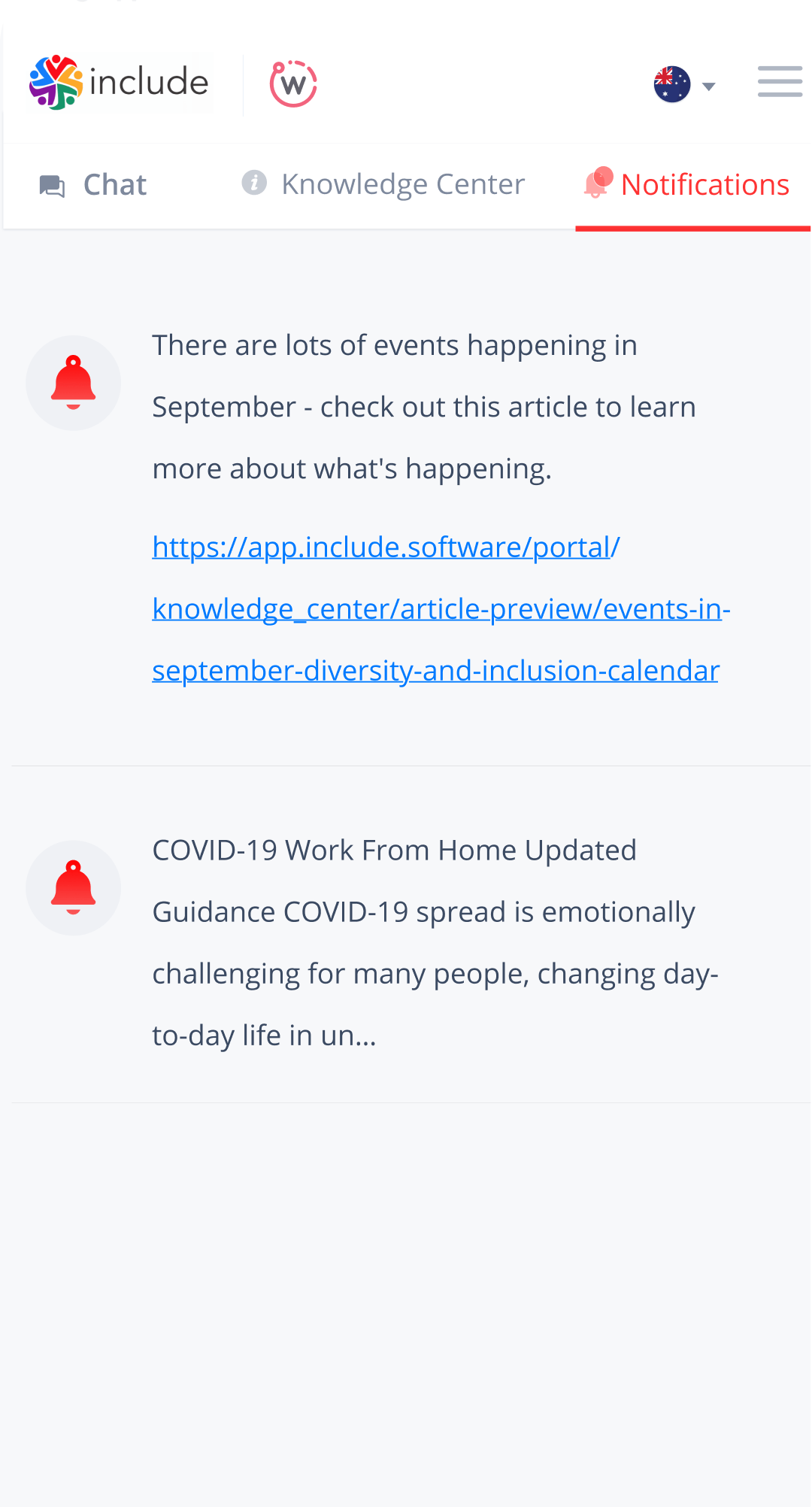
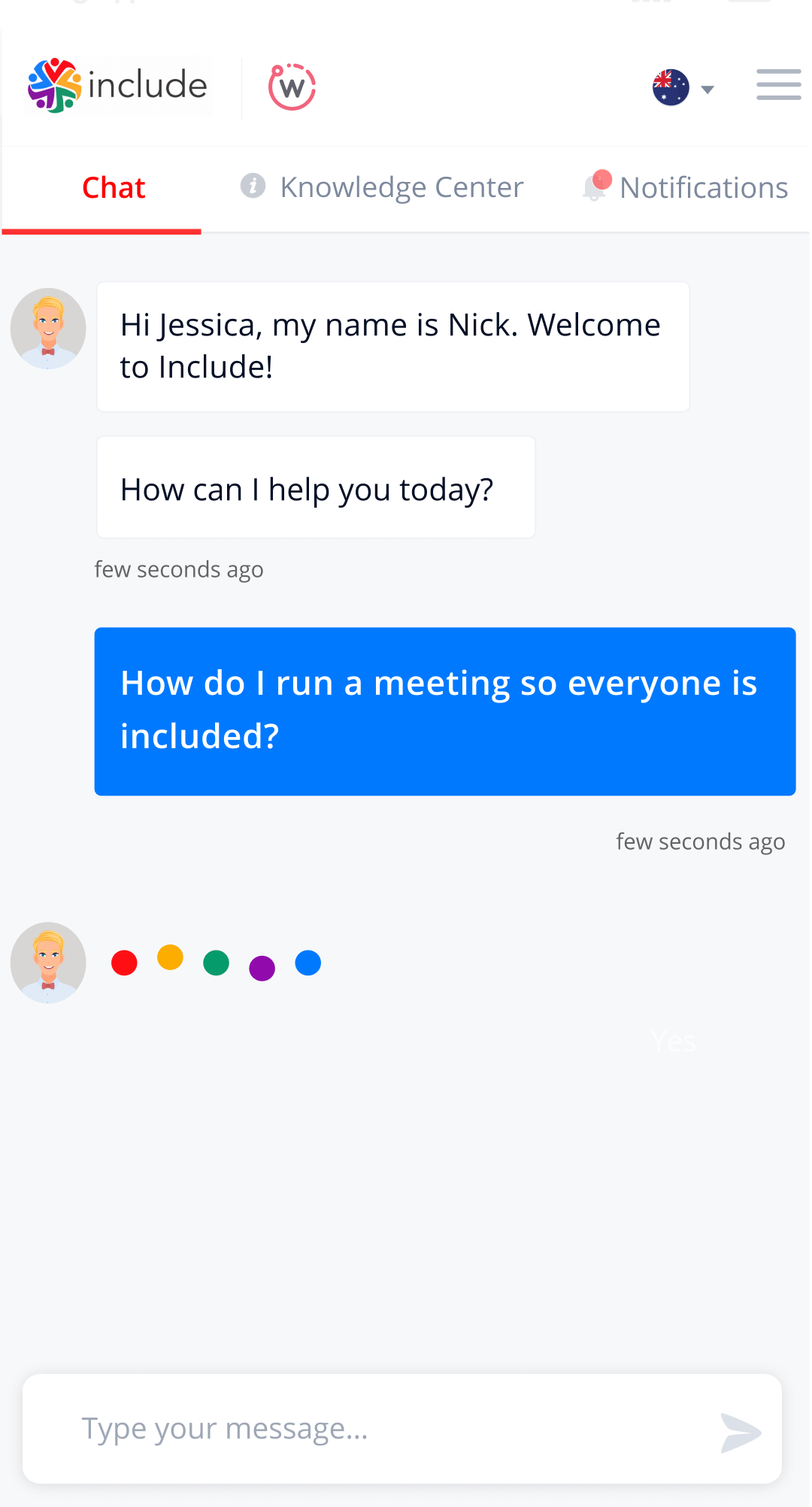






Solution
Full-cycle software development
To address the client's vision, which required four different interfaces for the main stakeholders, we divided our process into the following steps:
Clarifying stakeholders’ responsibilities and access levels - We ascertained each user type's exact duties and expected actions to define the necessary elements of the interfaces. The frequency of use for each element informed us of where they should be placed within the interface and where we needed to include shortcuts.
Designing mockups - Our designers identified all the necessary components and created mockups based on the client’s vision and identity.
Building a prototype - Our designers and software engineers transferred mockups to a working prototype using the MERN stack.
Creating and launching the final version of the app - At the end of 1.5 years of work, we checked the performance of all integrated services on the prototype and launched the applications.
Chatbot building
To integrate the ML service, human advisor communication, and CRM, we built a custom chat service that is now licensed to Include. It sends a user's message to the ML service developed by Include, which, in turn, provides the user with the most relevant information in answer to their question. If the bot cannot provide an answer, the message appears in the ticketing portal, where an available advisor reviews it.
To be clear, WebileApps handles the mechanics of the chat service, providing only the to-and-fro communications, while Include manages search mechanisms and the knowledge base. This way, users receive an appropriate answer, admins can track gaps in the Inclusion Database, and the ML algorithms have data to learn from. On top of that, users can create chat rooms and search messages in chat history if needed.
CMS development
We created a custom CMS that makes the knowledge base user-friendly for end users and administrators. End users see a collection of encyclopedia-like pages sorted into different categories.
Company administrators can add and manage documents, images, and links specific to their company by using media services. At the same time, superadmins can update general information in the Inclusion Database using this CMS system. All data is safely stored in the AWS S3 cloud.
Microservice architecture
Considering the diversity of the user roles and the platform architecture complexity — SaaS product with AI/ML integration, custom CMS, chatbot interface with an ability to search through chat history, CRM and ticketing portal for advisors, analytics and surveys integration — we tapped into a microservices approach. Under the microservice architecture, we split services into functional APIs instead of shipping one large, collective unit. Following are the main modules we built as microservices:
- User Service
- Messaging
- Knowledge Management
- Query Service
- Media Service
- Integrations Service
Team composition
We split our technical experts, designers, and managers into groups that followed the Agile and Kanban approaches. The whole project team consisted of:
- 1 solutions architect
- 2 technical architects
- 1 technical lead
- 1 sales & marketing program manager
- 3 software engineers
- 1 UI/UX lead, 1 UI/UX designer
- 1 QA lead, 1 QA engineer
Results
A unique application for Android, iOS, macOS, and Windows that enhances users' knowledge of DEI practices.
Four different interfaces, one for each category of users: superadmin, advisor, company admin, and end user.
Custom chatbot with live communication option and chat history search function.
Include can teach thousands of clients simultaneously without significant staff growth, and, as a result, thousands of dollars are saved as the company doesn't need to hire and train additional experts.
Future plans
The project is still ongoing, as the clients discuss new features and enhancements with our team.
The Webileapps team have been with us since the very beginning of our start-up journey, taking our vision for Include and building from that a fully functional platform that we’re incredibly proud of. They always take the time to listen to our requests, discuss the use cases, and understand the technical requirements that we’re after. It has been a remarkable journey so far, not only are the team competent, responsive, and professional, they understand and share our vision for developing Include into the solution that puts an inclusion and diversity expert in everyone’s pocket. It has, and continues to be, a pleasure working with them.

